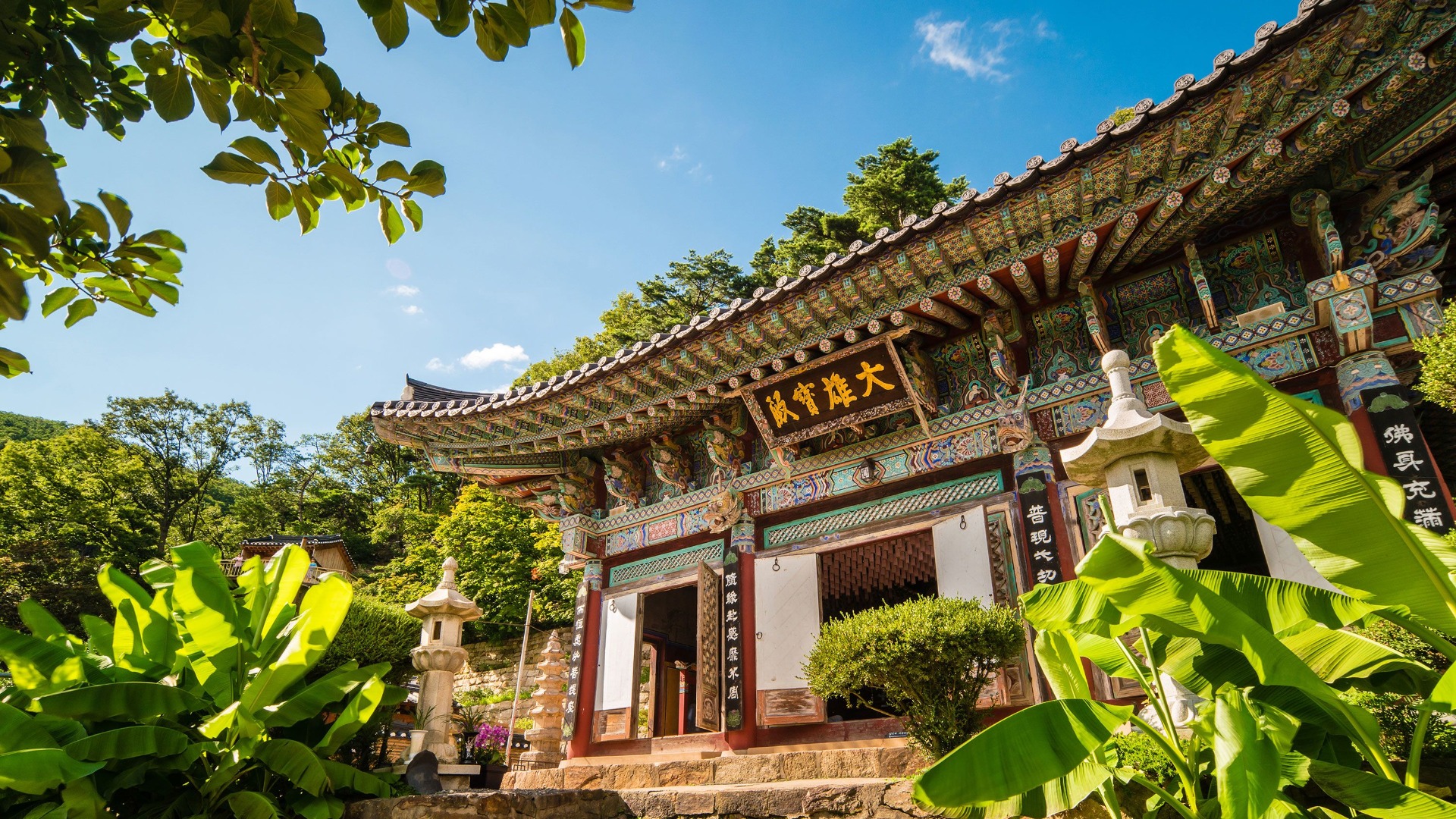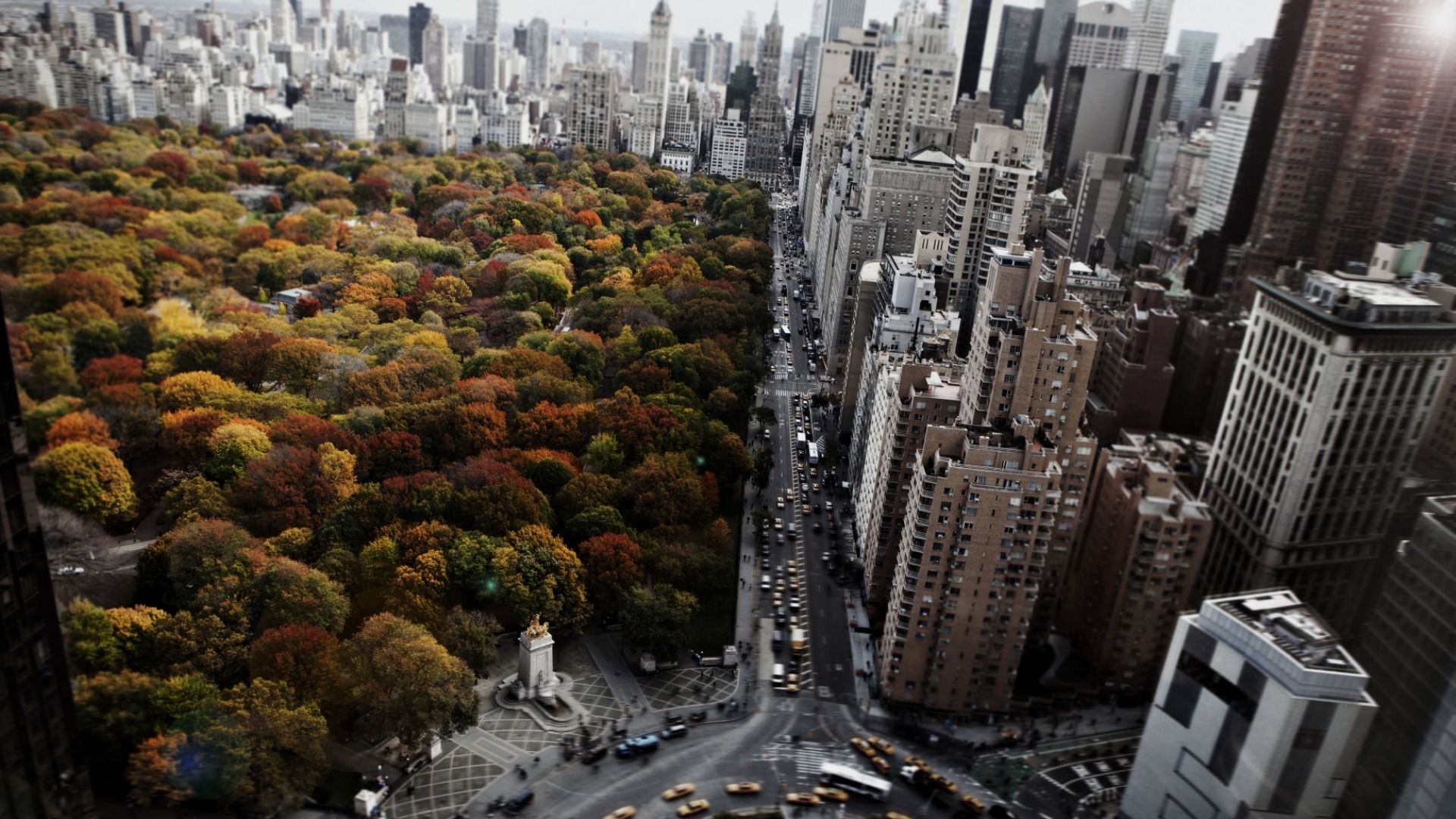
Uncover The Seven Most Remarkable Buddhist Temples In Seoul

With over 20,000 temples, some of which are over 1,000 years old, South Korea is densely populated by Buddhists.
For the most part, Korean temples are quite distinct from Asian ones due to the use of Korean red pine timber-frame constructions painted in the distinctive Dancheong (aquamarine) tint that usually decorates wooden buildings. When put together, they form a tranquillity mix that is sure to soothe the spirit.
But curious about the best way to see Seoul's many temples? For an unforgettable spiritual experience, avoid the crowds and go for the smaller, more secluded areas that mix with nature.
Here are seven temples in Seoul that you really must see, according to the experts.
1. Jogyesa
Jogyesa must be mentioned in any comprehensive guide to the top temples in Seoul. The Jogyesa is the holiest temple in South Korea, having been built in 1395. There are over 1,900 functioning temples, 13,000 monks and nuns, and 7 million adherents to Buddhism in the nation, with the Jogye Order, of which it is the main temple, making up the greatest percentage of the Buddhist community.
Situated in the middle of down-town Seoul, Jogyesa is encircled by tall buildings, resulting in a captivating contrast between old and new. Both tourists and residents continue to flock in the area. The main temple hall, Daeungjeon, is where tourists may see many examples of true religious devotion in action. Before making their way around the 500-year-old Sophora japonica tree, often called "the Scholar tree," visitors can wait outside the doors and read Buddhist books.
For the most beautiful and peaceful experience, plan your visit between the middle of April and the middle of May, just before the national holiday of Buddha's birthday (Buchonim oshin nal).
2. Bongeunsa
One of the country's oldest temples dating back to 794, the temple is located around 10km south-east of Jogyesa. Temple stays and Templelife are only two of the many cultural programs it hosts for residents and international visitors.
Bongeunsa is most serene around sunset, when the blue hour gives way to darkness and the temple is deserted but for a few of solitary worshippers. You can venture out into the gardens beyond the main hall, away from the hustle and bustle of the main road, in search of peace and quiet until the sound of gravel crunching under your feet is the only sound. At night, you can see the 23-meter-tall Maitreya statue reflected in the polished stone floor. This statue represents the future Buddha who will descend to Earth to teach the dharma afresh.
If you want to grab a bite after the visit, there is a vegan temple restaurant close by that serves dishes like rice, greens, soft tofu, and herbal soup.
3. Gilsanga
Among Seoul's temples, contemporary Gilgangsa may have the most interesting history. The temple didn't open to the public until 1997, even though the structure is much older.
As they stroll around Gilsangsa's groomed gardens, visitors may just make out some of the remnants of its former life as Daewongak. As an example, some of the smaller rooms and outbuildings that were formerly the courtesans' realm are now used for solo meditation.
Nowadays, Gilsangsa hosts cultural events with titles like "Find Your True Self in the Busy City" and provides its visitors priceless moments of inner peace.
4. Bongwonsa
Located just west of the city area, at the base of Ansan Mountain, Bongwonsa is a member of the Taego Order, the second-biggest branch of Korean Buddhism, and it was founded in 889.
One of the most popular annual events here is the Yeongsanjae, which takes place in early June and features traditional musical and dance performances with themes of global unity and the reunion of North and South Korea. Towards the end of summer, this location also hosts the Seoul Lotus Flower Culture Festival.
5. Hwagyesa
The tranquil Hwagyesa temple complex, constructed in 1522, is encircled by the slopes of Mount Samgak. The temple's close relationship to nature, provided by its surrounding forest, guarantees an authentically spiritual experience. In addition, you may arrange a temple stay here by contacting the national temple stay website at the office across from Jogyesa or by sending an email to Hwagyesa.
The world-renowned Buddhist teaching centre at Hwagyesa is another reason why the temple is so popular with visiting monks from other countries. An annual summer meditation course is offered by the Seoul International Zen Center, which is headquartered in Hwagyesa. If you are a visitor or foreign resident interested in learning about Buddhism, Hwagyesa also provides weekly sessions every Saturday.
6. Yeonghwasa
One of Seoul's oldest temples, Yeonghwasa is situated close to the city's eastern limit and dates back to 674. Because to its remote setting in a pine forest on the Achasan Mountain slope, it is also one of the most picturesque temples in Seoul. Another reason why it is great for families is that it's close to Seoul Children's Grand Park, which has a zoo, amusement park attractions, and a music theatre.
7. Heungcheonsa
Originally constructed as a place of prayer and grief for a queen, Heungcheonsa has preserved the ancient style of Korean Buddhist architecture better than any other. It was created in 1397.
Heungcheonsa is a representation of traditional temple architecture, with its black hanja calligraphy (Korean written in Chinese characters), white columns, and a variety of roof tiles.
Over the years, the Korean royal family has shown their affection for Heungcheonsa by generously funding its upkeep, including several reconstructions after devastating fires. Modern high-rise residential buildings now tower above the temple, dwarfing its six major rooms and bell tower. For architectural enthusiasts, the stark difference between the buildings might be enough to justify a visit, despite the obvious incongruity. In order to understand more about the temple's history, visitors shouldn't miss the brand new information centre that is located across from the temple.
Source: bbc.com








